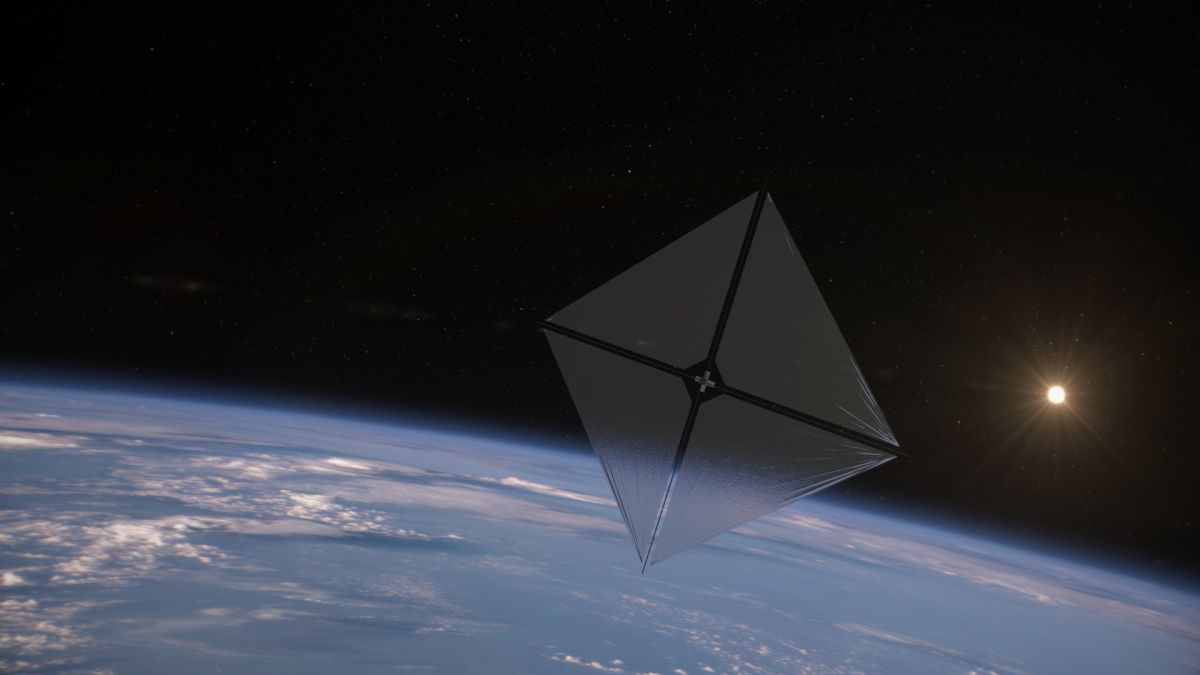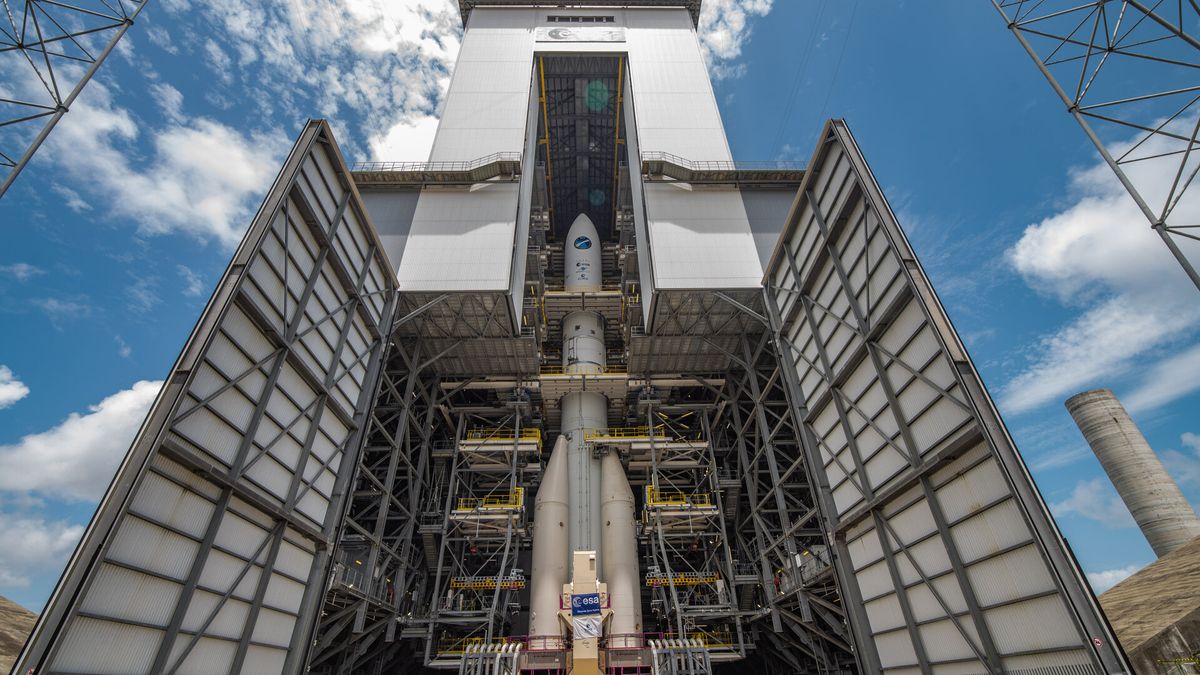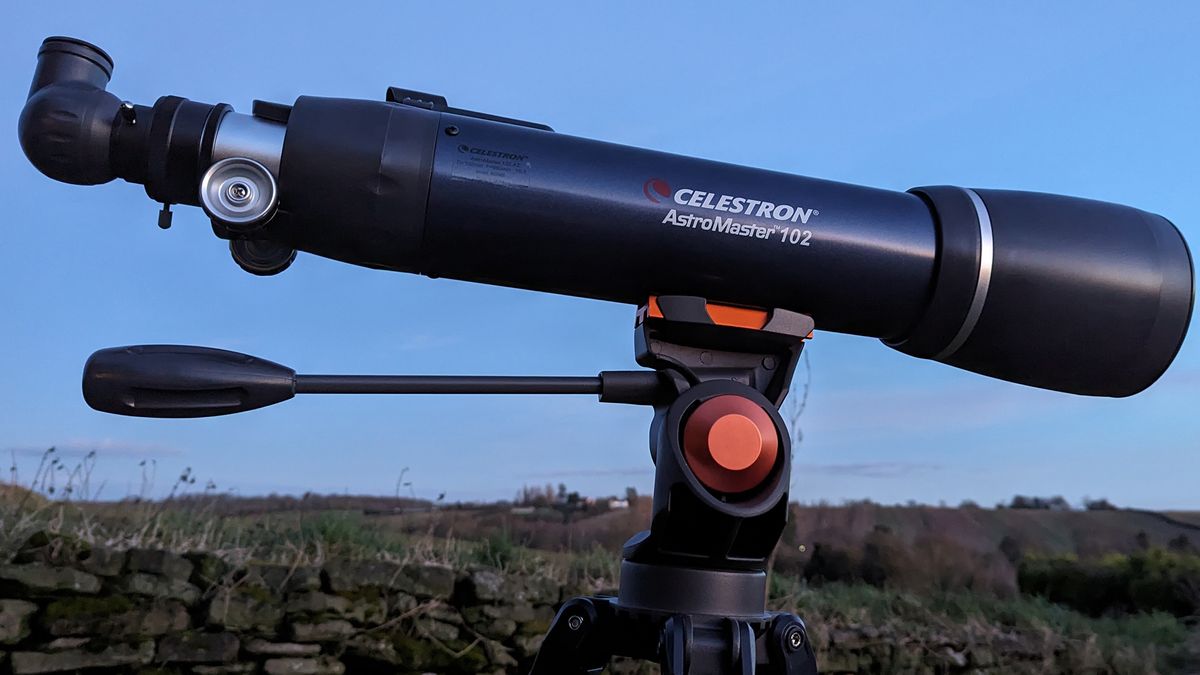New NASA Solar Sailing Technology
On the evening of April 23, NASA’s Advanced Composite Solar Sail System (ACS3) is set to embark on its journey to orbit, pending a successful launch. The ACS3, designed to harness the power of sunlight for propulsion, will be launched alongside another payload atop a Rocket Lab Electron vehicle from New Zealand. The launch window opens at 6 p.m. EDT (2200 GMT), with a live stream available to witness the event in real-time.
Solar Sailing Advancements
Solar sails represent an innovative technology that utilizes sunlight to navigate spacecraft through the cosmos without the need for traditional fuel sources. This method, akin to how seafaring vessels leverage wind currents, offers a cost-effective and sustainable means of space exploration. Previous missions such as Japan’s Ikaros and the Planetary Society’s LightSail 2 have demonstrated the viability of solar sailing, inspiring further advancements.
With a focus on advancing this technology, the ACS3 mission aims to test new composite booms for deploying a solar sail measuring approximately 30 feet per side. This significant size, comparable to that of a small apartment, showcases the potential for larger-scale systems in future missions. Data collected during this demonstration will inform the development of composite solar sails for various applications including space weather monitoring, asteroid exploration, and solar region observation.
NEONSAT-1 Mission
As part of today’s launch, which Rocket Lab has dubbed “Beginning of the Swarm,” the primary payload is NEONSAT-1, an Earth-observation satellite from the Satellite Technology Research Center at the Korea Advanced Institute of Science and Technology. Equipped with a high-resolution camera and AI technology, NEONSAT-1 will monitor natural disasters along the Korean coastline, with plans for additional NEONSAT satellites to join the constellation in the coming years.
Both satellites will be placed in different orbits, with NEONSAT-1 reaching an altitude of 323 miles above Earth and ACS3 targeting 620 miles. This launch marks Rocket Lab’s fifth orbital mission of 2024 and the 47th overall, showcasing the company’s commitment to advancing space exploration. While Rocket Lab continues to refine its Electron vehicle for reusability, today’s mission focuses on deployment without recovery plans.
For more information on the “Beginning of the Swarm” mission and future Rocket Lab endeavors, visit Rocket Lab.
Image/Photo credit: source url





